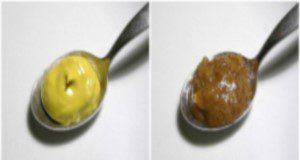When measuring the responses of panelists, the main principle behind sensory evaluation, a variety of sensory tests can be used. This new 4-page publication is the second in a series designed to assist producers in the small-to-medium-sized sensory evaluation of their horticultural crops, outlining the types of data and sensory measurement techniques utilized in sensory evaluation. Written by Sean Michael Campbell and Charles A. Sims, and published by the UF/IFAS Environmental Horticulture Department.
https://edis.ifas.ufl.edu/ep582
Tag: Sensory Evaluation
Small-to-Medium-Scale Sensory Evaluation of Horticultural Crops: Sensory Attributes
Given the economic impact associated with the value and acceptability of horticultural crops, sensory evaluation is commonly employed in research, product development, and quality control, with very specific parameters outlined for its proper execution. The resulting data can be used to make sound decisions about crop quality and marketability, ultimately determining the overall value. This new 3-page publication of the UF/IFAS Environmental Horticulture Department is the first in a series designed to assist producers in the small-to-medium-scale sensory evaluation of their horticultural crops, outlining sensory attributes essential to sensory evaluation, including appearance, aroma, texture, and flavor. Written by Sean Michael Campbell and Charles A. Sims.
https://edis.ifas.ufl.edu/ep579

